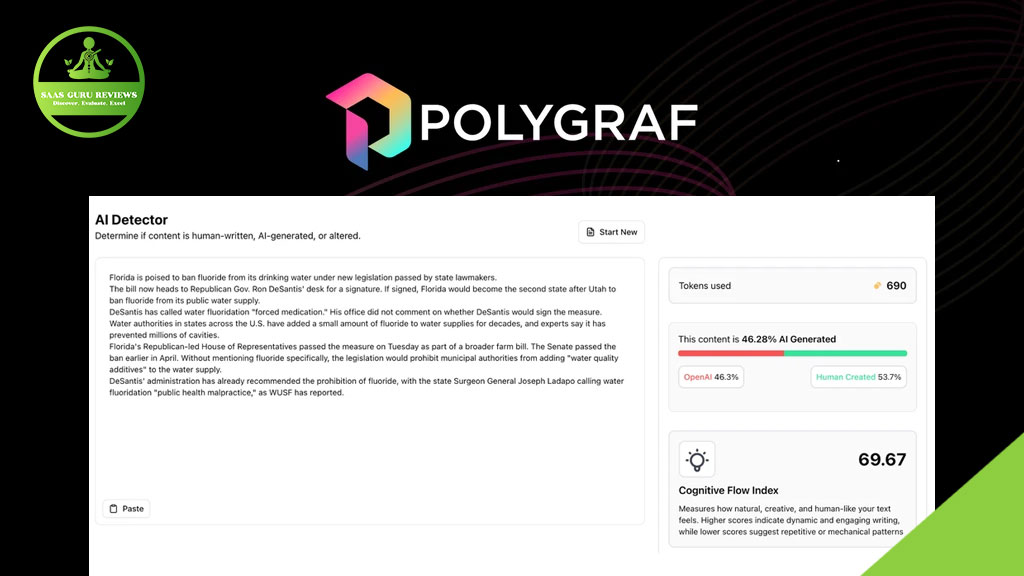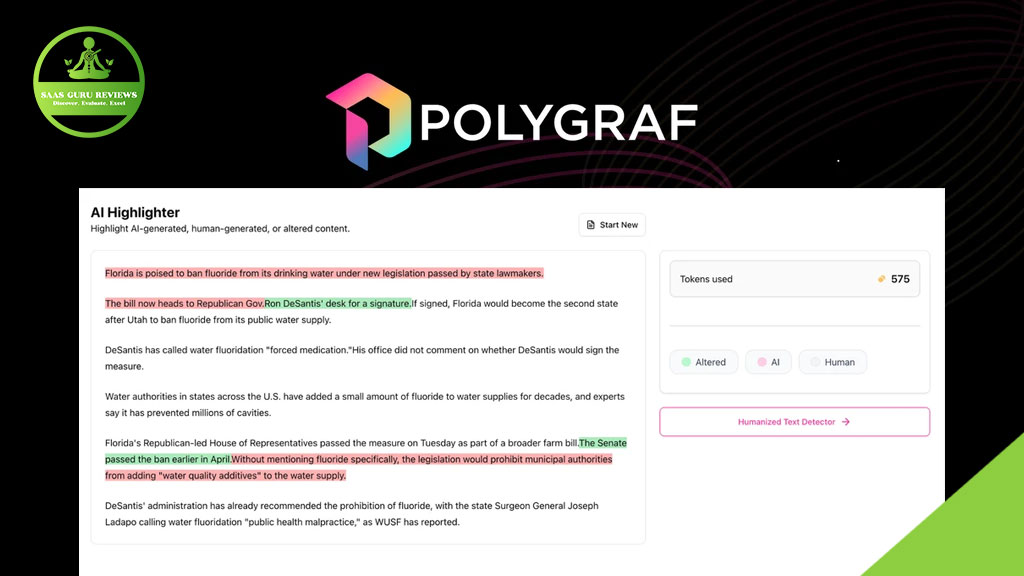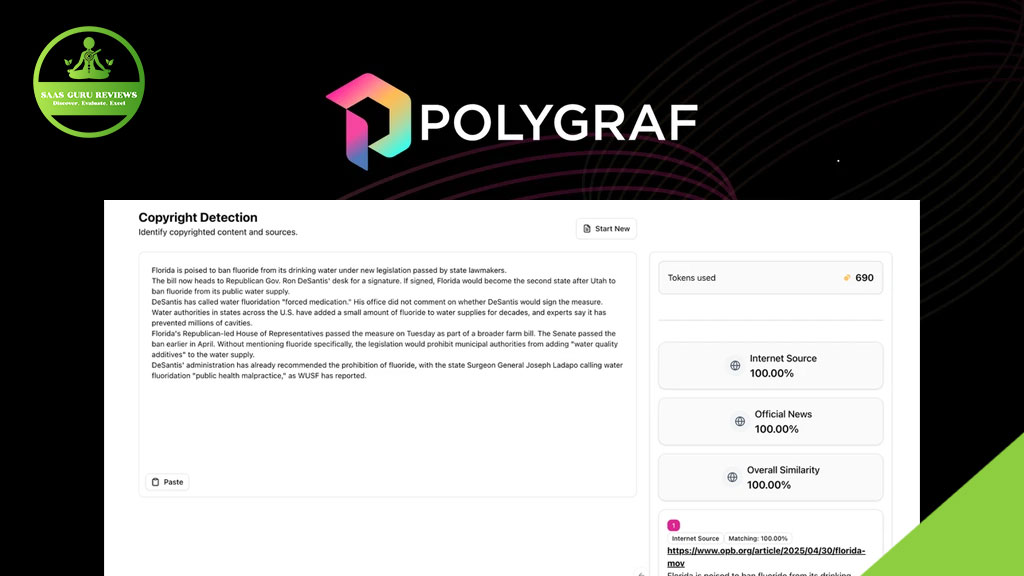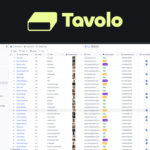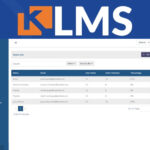In today’s digital landscape, distinguishing between human-written and AI-generated content has become increasingly challenging. Polygraf AI stands at the forefront of content detection technology, offering powerful tools to identify synthetic content with remarkable accuracy. This comprehensive guide explores how Polygraf AI works, its key features, and why it’s becoming an essential tool for content creators, businesses, and compliance teams in 2025. Whether you’re concerned about misinformation, maintaining content integrity, or ensuring regulatory compliance, this article will provide valuable insights into how Polygraf AI can protect your digital presence.
Polygraf AI Overview: Revolutionary Content Detection for 2025
Polygraf AI has established itself as a leading content detector platform with 4.7 stars based on 1,289 reviews. Founded by Yagub Rahimov, this innovative tool has seen impressive growth with current website traffic reaching 107.62K monthly visitors according to SEOdity analytics. Polygraf AI operates as a comprehensive solution for detecting AI-generated content, helping users identify synthetic text created by large language models (LLMs). The platform provides real-time analysis of content, enabling users to verify authenticity and protect against potential risks associated with AI-generated material. Their support team is available 24/7 through their website, with an average response time of under 2 hours. You can explore their full range of services at polygraf.ai, check out their tutorials on their YouTube channel, or join discussions in their Facebook community.
How Polygraf AI Works: Advanced Detection Models and Patterns
Polygraf AI employs sophisticated detection models that analyze text patterns to identify AI-generated content. The tool examines various linguistic markers, sentence structures, and statistical patterns that typically distinguish human writing from synthetic content. In 2025, Polygraf AI has enhanced its detection accuracy through proprietary algorithms that can recognize content from the latest LLM models.
The platform works by scanning text and generating detailed reports that highlight potential AI-written sections. These reports include confidence scores and specific indicators that triggered the detection. Polygraf AI’s advanced features allow it to detect even highly sophisticated AI content that might fool other detection tools, making it an essential resource for maintaining content integrity in 2025.
Content Detection Capabilities: Real-Time Analysis and Reporting
Polygraf AI offers powerful real-time analysis capabilities that allow users to check content as it’s being created or reviewed. The platform can process everything from short social media posts to comprehensive documents, providing instant feedback on the likelihood of AI generation. This real-time functionality is particularly valuable for content teams that need to ensure compliance with authenticity standards.
The reporting features of Polygraf AI go beyond simple binary assessments of “human” or “AI.” Instead, the tool provides nuanced analysis that includes confidence levels, specific pattern identifications, and suggestions for areas that might require human review. These detailed reports help users make informed decisions about content usage and potential modifications to protect against the risk of using synthetic content inappropriately.
The Polygraf AI Humanizer: Transforming AI Content Safely
One of Polygraf AI’s standout features is its humanizer tool, which helps transform AI-generated content into more natural-sounding text that can pass detection tests. This feature is particularly valuable for content creators who use AI as a starting point but need to ensure the final product appears original and authentic.
The humanizer works by analyzing AI-written text and suggesting modifications that reduce typical AI patterns while maintaining the core message. This capability enables users to leverage the efficiency of AI content generation while protecting against the risks associated with publishing obviously synthetic material. In 2025, as content detection becomes more sophisticated, the humanizer has become an essential tool for maintaining trust in digital communications.
Security and Compliance: Protecting Against Fraud and Misinformation
In the current digital landscape, security and compliance have become critical concerns for organizations using or monitoring AI content. Polygraf AI addresses these concerns by providing tools that help maintain compliance with emerging regulations around AI content disclosure. The platform’s detection capabilities help organizations protect against fraud, misinformation, and potential data breaches that could result from malicious use of AI-generated content.
Government agencies and major corporations increasingly rely on tools like Polygraf AI to ensure information integrity and protect against synthetic content that could pose reputational or operational risks. The platform’s compliance features include audit trails and verification reports that can be used to demonstrate due diligence in content authentication processes, which is becoming a standard requirement in many industries by 2025.
Data Security in Content Detection: How Polygraf AI Protects Your Information
Polygraf AI places a strong emphasis on data security throughout its detection operations. When users submit content for analysis, the platform employs end-to-end encryption to ensure that sensitive information remains secure. This commitment to data security is particularly important for organizations dealing with confidential or proprietary content that requires authentication.
The platform’s approach to data protection includes strict access controls, regular security audits, and compliance with major data protection regulations. These measures help prevent data loss and protect against potential breaches that could compromise user information. In 2025, as data security concerns continue to grow, Polygraf AI’s robust protection measures have become a key selling point for organizations concerned about both content authenticity and information security.
Integration Capabilities: Making Polygraf AI Work with Your Existing Tools
Polygraf AI offers seamless integration with a wide range of content management systems, editing platforms, and workflow tools. These integration capabilities allow organizations to incorporate content detection directly into their existing processes without disrupting operations. The platform provides APIs and Chrome extensions that enable real-time checking within popular writing and publishing environments.
By integrating Polygraf AI into content workflows, organizations can automate detection processes and ensure that all published material meets authenticity standards. This integration capability has proven particularly valuable for media organizations, educational institutions, and businesses that handle large volumes of content and need efficient verification processes to maintain trust with their audiences.
Pricing and AppSumo Deal: Unlock Premium Features at a Discount
Polygraf AI offers flexible pricing tiers designed to accommodate different user needs, from individual content creators to enterprise organizations. Their pricing page details the various subscription options, with plans starting at $19.99 monthly for basic detection capabilities. Enterprise solutions with advanced features and higher usage limits are available through custom quotes.
In 2025, Polygraf AI has partnered with AppSumo to offer special deals for new users. The current AppSumo promotion provides lifetime access to premium features at a significant discount compared to regular subscription rates. This deal includes access to the humanizer tool, advanced detection models, and integration capabilities that would typically require higher-tier subscriptions. For organizations looking to implement content detection solutions, this AppSumo deal represents an opportunity to secure powerful tools at a reduced cost.
Critical Use Cases: Where Polygraf AI Makes the Most Impact
Polygraf AI has proven particularly valuable in several critical use cases where content authenticity is paramount. Academic institutions use the platform to detect AI-generated submissions and maintain academic integrity. News organizations employ Polygraf AI to verify the authenticity of sources and protect against synthetic content that could damage credibility. Legal and compliance teams utilize the tool to ensure that all published materials meet disclosure requirements regarding AI-generated content.
These use cases highlight the versatility of Polygraf AI in addressing various content authentication challenges. The platform’s ability to identify synthetic content with high accuracy makes it an essential tool for organizations where trust and integrity are fundamental to operations. As AI content becomes more prevalent and sophisticated in 2025, these critical applications of Polygraf AI continue to expand across industries.
Frequently Asked Questions About Polygraf AI and Content Detection
Many users have common questions about how Polygraf AI works and how it can be effectively implemented. The most frequent inquiries relate to detection accuracy, supported languages, and how the platform handles different types of content. Polygraf AI maintains a comprehensive FAQs section on their website that addresses these questions in detail.
Some key points from their FAQs include clarification that no detection system is 100% accurate, but Polygraf AI maintains industry-leading accuracy rates above 95% for most current LLM outputs. The platform supports over 30 languages as of 2025, with varying detection accuracy depending on language complexity. Regarding content types, Polygraf AI can analyze everything from creative writing to technical documentation, though detection patterns may vary based on the nature of the content.
The Future of Content Detection: How Polygraf AI Stays Ahead
As AI content generation continues to evolve, Polygraf AI remains at the cutting edge of detection technology through continuous model updates and pattern recognition improvements. The company invests heavily in research to identify new markers of synthetic content and adjust their algorithms accordingly. This commitment to innovation ensures that Polygraf AI can detect content from the latest LLM models, even as they become increasingly sophisticated.
Looking toward the future, Polygraf AI is exploring enhanced capabilities for multimodal content detection, including the ability to identify AI-generated images and videos alongside text. The company is also developing more nuanced reporting tools that can distinguish between different types of AI assistance in content creation, recognizing that many legitimate workflows now include some level of AI support. These forward-looking developments position Polygraf AI to remain a leader in content detection through 2025 and beyond.
Key Takeaways About Polygraf AI Content Detection
- Polygraf AI offers industry-leading content detection with 4.7 stars from 1,289 reviews and serves 107.62K monthly visitors
- Founded by Yagub Rahimov, the platform provides real-time analysis to identify AI-generated content with over 95% accuracy
- The humanizer tool helps transform AI content to pass detection tests while maintaining message integrity
- Advanced security measures protect sensitive information during the detection process
- Integration capabilities allow seamless incorporation into existing content workflows
- Special AppSumo deals in 2025 provide discounted access to premium features
- The platform supports compliance with emerging regulations around AI content disclosure
- Continuous model updates ensure detection capabilities keep pace with evolving LLM technology
- Comprehensive reporting provides detailed insights beyond simple binary assessments
- 24/7 support is available with response times under 2 hours for all users
By leveraging Polygraf AI’s powerful detection capabilities, organizations can protect their digital integrity, maintain audience trust, and ensure compliance with evolving standards for content authenticity in 2025 and beyond.

